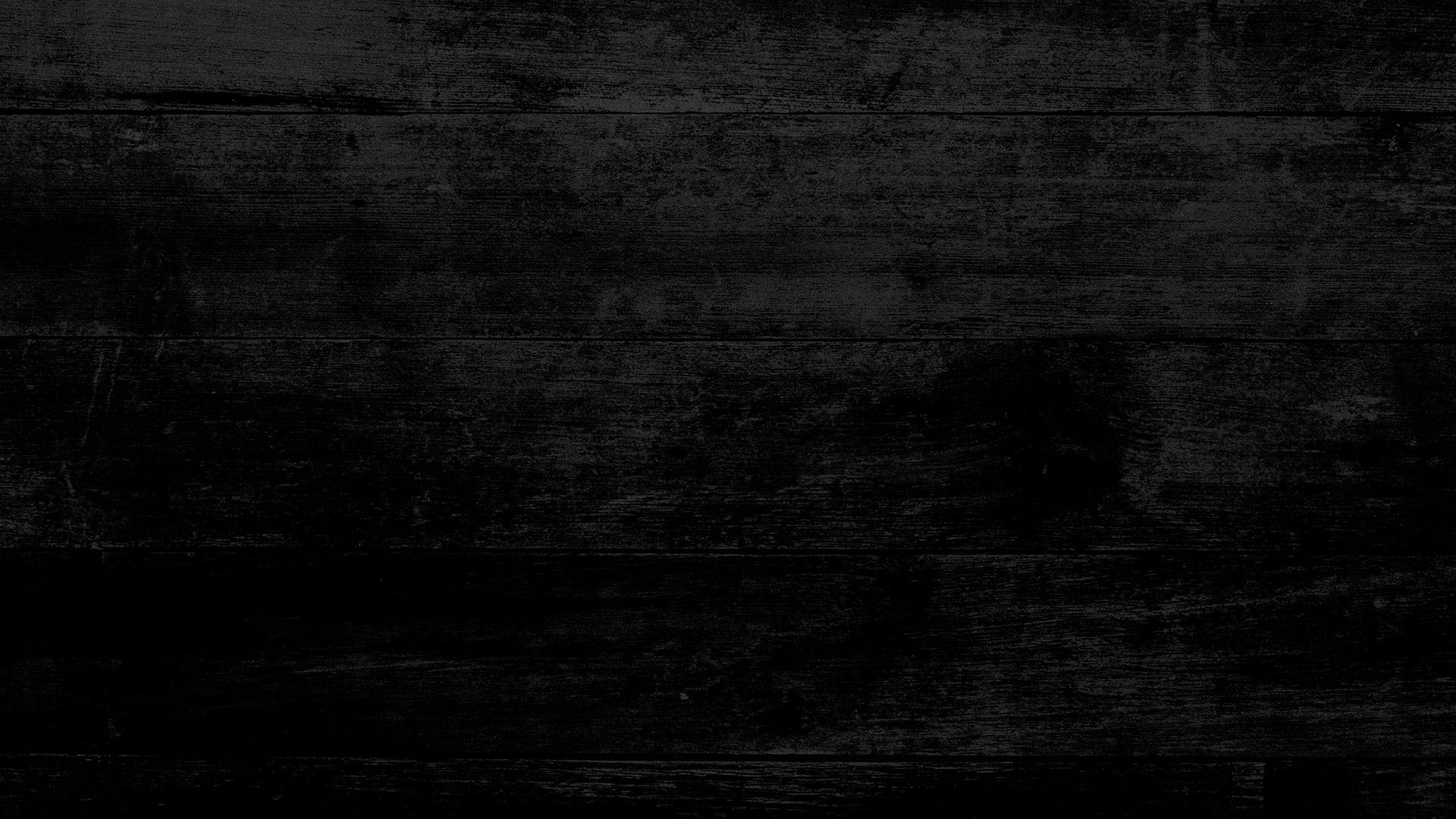
SONY A7III





Design, Construction & Connectivity
The Sony A7III is one of the most highly-anticipated products to be released in 2018. With one of the biggest changes in the camera industry, Sony steps up their game before other companies who are preparing to release their own version of full-frame mirrorless cameras soon. On the back, there is (From Left-Right): the C3 button. the Menu button, the 2.36M dots OLED Electronic Viewfinder, the Record button, the AF-On button, the AEL button, the joystick control, the Fn button, the scroll wheel and button, the playback button, the Delete button. On the bottom, there is the standard tripod mounting hole and a battery compartment which takes Sony latest battery, the NP-FZ100 battery, which is proven to last for up to 710 shots per charge, pretty impressive. On the top (From Left-Right), there is the Mic, the Hotshoe Mount, the Mode Switch, the C2 button, the C1 Button, the Rear Dial, the Exposure Compensation Switch, the Shutter button and the On/Off Switch. On the front, there is the E-Mount and Front Dial. On the right, you will find the 2 SD Card Slots with Slot 1 capable of UHS-II Suport for 4K HDR Videos and High-speed Burst shooting. On the left side, there is the Mic port, the headphone jack, the Mini-HDMI port, the USB-C port and the Micro-USB port. The mic port is used for connecting an external microphone while the headphone jack is for monitoring of audio in real-time and playback. The handgrip is now larger in size which makes it easily to hold steadily. The camera is weather-sealed as well so you don't have to worry about usage in the bad weather. In terms of overheating issues, frm my intensive test outdoors in summer weather, the A7III did heat up in direct sunlight but never shut down whether in photo or video modes.
User Interface & Experience
The sensor of the A7III is of same resolution as its previous model but promises for better low-light performance and up to 15 stops of dynamic range. The A7III's ISO range now extends from 50-204800, with the standard set at 100-51200. The camera can shoot 14-bits RAW files and both RAW and JPEGs at the same time. For RAw options, you can shoot Uncompressed or Compressed RAW. Autofocus speeds have also been boosted up to twice the previous model with up to 693 AF phase-detect points; a total of an impressive 93% coverage across the frame. Eye AF is also included in the package to help photographer capture stunning portraits. The touchscreen on the back of the camera can also be used to set Lock-On AF which is a good thing to have. However, it is rather slow and laggy. Luckily, Sony did add in a manual joystick control to ease the job of focusing. The camera can also take 10 frames per seconds which equivalents to 177 shot with AF/AE tracking. On the video side, the A7III now shoots 4K HDR movies with HLG support. There is S-Log2 and S-Log3 support which means a high 14 stops of dynamic range, In 1080p, the A7III is capable of 120fps video for slow-motion shots. In-body 5 axis stabilisation is also included in the package. While many have complained about the complexity of settings in the Sony menu, I personally find it very useful. My advice to all is to take a few minutes go through the menus, set things up the way you like and add in your most changed settings to My Menu, and you will never have to set things up again when you go out to shoot. You can also set Custom buttons to your likings so that you can access and change things up quickly during photoshoots.
PROS
-
Ergonomic Handgrip
-
AF Joystick
-
Long Battery Life
-
Easy Hardware controls
-
2.36m dot OLED viewfinder
-
Weather-Sealed
-
Silent Shooting
-
Wi-Fi and NFC Connectivity
-
High Usable ISO Range
-
Eye AF
-
693 Phase-Detect AF Coverage (93%)
-
10 Frames Per Second Burst
-
In-Body Stabilisation
-
4K HDR Video Recording
-
Micro-USB & USB C Charging
-
Headphone Jack
-
Microphone Jack
-
Mini-HDMI Out Port
-
Dual SD Card Slots
-
UHS-II SD Card Support
CONS
-
No Flip-Up Screen
-
Low Screen Resolution
-
Laggy & Slow Touch Screen
The Bottom Line
The Sony A7III is definitely a contender for those who are looking to upgrade or get into the full-frame mirrorless game. With huge imporvements in the battery life, autofocus performance. connectivity, ergonomic design and a suite of connectivty option, Sony delivered the best bang for your buck camera. Other than minor flaws like a low screen resolution, laggy touch interface and no flip out screen, it is something one who seriously consider purchasing.
WE RATE IT!
9.5/10

Other Notable Competitors
